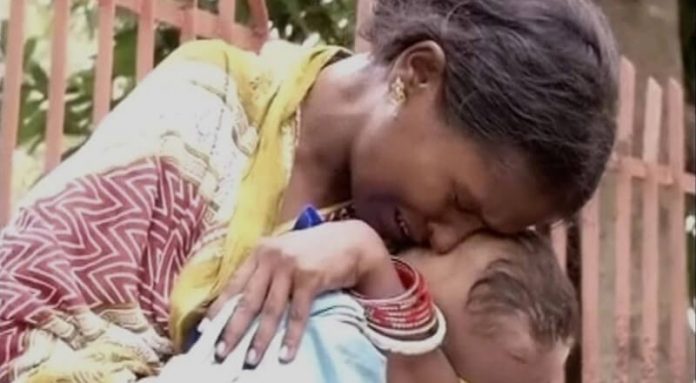A recent study on child mortality across the world has indicated that despite remarkable improvement in health conditions, the under-five rate of mortality between 2000 and 2015 continues to be a cause of concern. Diseases like pneumonia and diarrhoea lead the list of causes of death and are most common in Asian and African countries.
These findings are included in a new UNICEF report – ‘One is Too Many: Ending Child Deaths from Pneumonia and Diarrhoea’ – released today.
Pneumonia in particular remains the leading infectious killer of children under five, claiming the lives of nearly a million children in 2015 – approximately one child every 35 seconds, and more than malaria, TB, measles, and AIDS combined. Approximately half of all childhood pneumonia deaths are linked to air pollution, a fact UNICEF said world leaders should keep in mind during ongoing climate change talks at COP22.
“We have seen clearly that air pollution linked to climate change is damaging the health and development of children by causing pneumonia and other respiratory infections,” said UNICEF Deputy Executive Director Fatoumata Ndiaye.
“Two billion children live in areas where outdoor air pollution exceeds international guidelines, with many falling ill and dying as a result. World leaders meeting at COP22 can help to save children’s lives by commiting to actions that will reduce air pollution linked to climate change and agreeing to investments in prevention and healthcare,” Ndiaye said.
Like pneumonia, diarrhoea cases among children can, in many instances, be linked to lower levels of precipitation caused by climate change. Reduced availability of safe water leaves children at greater risk of contracting diarrhoeal diseases and suffering impaired physical and cognitive growth.
Nearly 34 million children have died from pneumonia and diarrhoea since 2000. Without further investment in key prevention and treatment measures, UNICEF estimates that 24 million more children will die from pneumonia and diarrhoea by 2030.
“These illnesses have such a disproportionately high impact on child mortality and are relatively inexpensive to treat,” said Ndiaye. “Yet they continue to receive only a fraction of global health investment which makes absolutely zero sense. That’s why we’re calling for increased global funding for protective, preventive and treatment interventions that we know will work to save children’s lives.”
UNICEF is also recommending increased funding for child healthcare generally and also for that focused on groups of children especially vulnerable to pneumonia and diarrhoea – the youngest and those living in lower and middle-income countries. The report shows:
- Approximately 80 per cent of childhood deaths linked to pneumonia and 70 per cent of those linked to diarrhoea occur during the first two years of life;
- Low- and lower-middle income countries are home to 62 per cent of the world’s under 5 population, but account for more than 90 per cent of child pneumonia and diarrhoea deaths globally.















